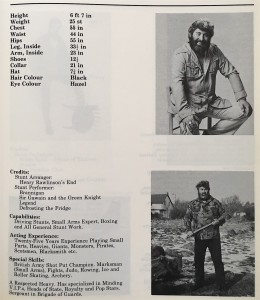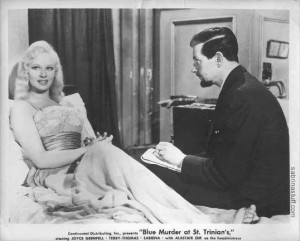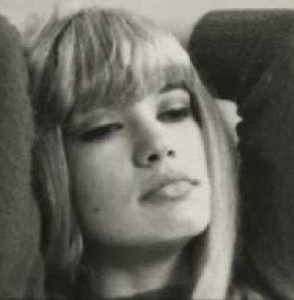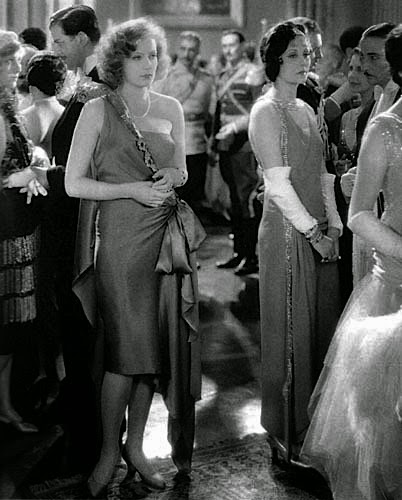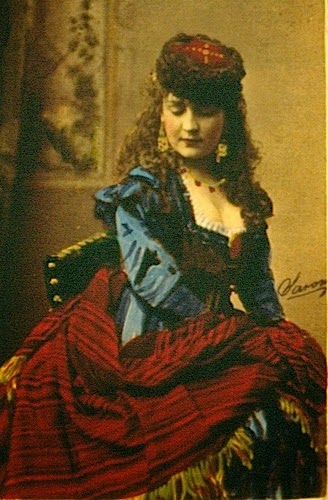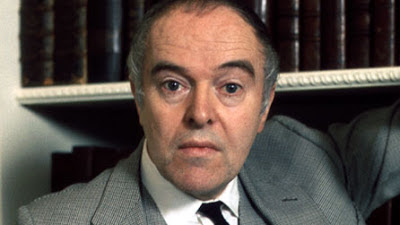There is a story behind every autograph. Idly fossicking about online I have retrieved a few such stories and added some of my own. It needs courage to be an autograph hound so much respect to those who have hunted down celebs and obtained signatures. The best collection I ever bought (about 2000+ inc Walt Disney, Ian Fleming, Bogart and Bacall, the Dalai Lama, Frankie Lyman (and the Teenagers) Tony Hancock and Lester Piggot) was from a very minor celebrity who was able to get into receptions and first nights etc., He had written jokes for the likes of Bob Monkhouse. The greatest groupies and name droppers are often slightly famous themselves and a minor name will often have accumulated a few major names. The most common type of autograph story usually ends ‘and he was a really nice guy…we had a good chat’. It seems to come as a surprise that celebrities are not monsters, although great scorn is reserved for those who refuse autographs. A star cannot disappoint his fans. Graham Greene had a good line when refusing to autograph a book–something along the lines of ” I would like to but it would devalue those I have already done and I don’t want that to happen, sorry.’
Rudyard Kipling received a note from a fan saying ‘…I hear you get paid $5 for every word you write. Enclosed is $5, please send me one word. Kipling replied with the one word “Thanks.” It is hard to imagine now how besieged Kipling was by autograph collectors–in this age only JK Rowling comes near to his fame.
George Bernard Shaw was more generous (and wittier). To fans writing to ask for his autograph he would often reply “Certainly not! George Bernard Shaw.”
The painter Utrillo could, after a few free drinks. be induced to sign canvasses that he had not painted. Caveat emptor!
Damien Hirst sometimes signs things (books, tee shirts) as David Hockney. They still have value as he is known to do this and, in its way, it is quite witty.

James Ellroy (above) signed every one of 65,000 first-edition copies of his 1996 memoir My Dark Places. You can buy a copy on ABE for $5, where there are over 180 signed copies for sale with a few over $100. As the signing progressed his signature degenerated to an unreadable, minimalist scrawl. One optimistic dude manages to make a virtue of this: “…wildly scrawled signature, as frantic and vigorous as the author’s crackling prose. £45”
Continue reading
